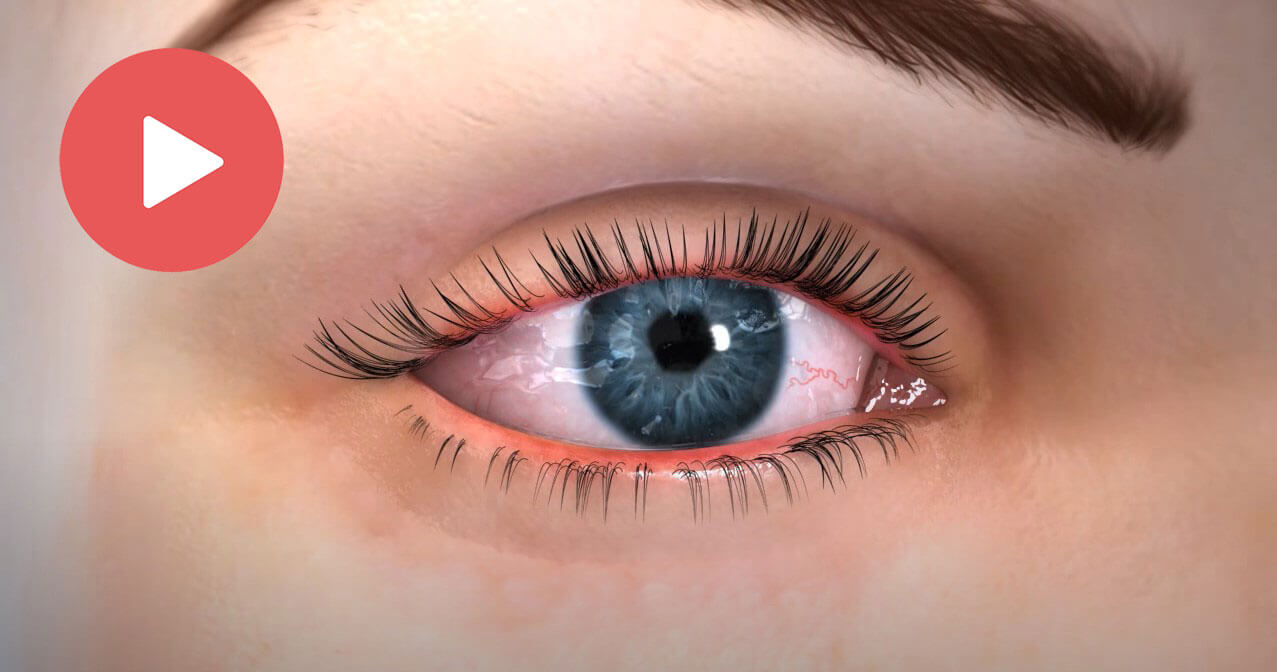All Categories
Featured
We typically hear about protecting our skin from hazardous ultraviolet (UV) rays, however did you recognize that UV exposure can likewise dramatically impact your eye health and wellness? Recognizing the results of UV rays on your eyes and exactly how to protect them is essential for maintaining long-term eye health and wellness.
Sorts Of UV Rays. UV rays are classified into three types:
UVA Rays: These rays pass through deep right into the skin and can also impact the inner layers of the eyes. UVB Rays: These rays largely trigger damage to the skin's surface however can also harm the cornea and lens of the eye. UVC Rays: While these are one of the most unsafe, they are mainly taken in by the Earth's environment and do not get to the surface. Both UVA and UVB rays are harmful to your eyes, and in time, exposure can cause significant eye conditions.
Short-Term Results of UV Direct Exposure. Even quick exposure to extreme UV rays can lead to immediate eye damages. A typical short-term condition is photokeratitis, typically referred to as "sunburn of the eye." Signs and symptoms of photokeratitis consist of:
Soreness and inflammation. Sensitivity to light. Tearing or watery eyes. A sandy feeling, as if something is stuck in your eye. While the signs of photokeratitis are short-lived and usually resolve within a day or more, repeated events can have cumulative effects on your vision.
Long-Term Effects of UV Direct Exposure. Persistent UV exposure can contribute to numerous serious eye conditions, consisting of:
Cataracts: Gradually, UV rays can create clouding of the eye's lens, resulting in cataracts, one of the leading reasons for blindness worldwide.
Macular Deterioration: Prolonged UV exposure can damage the retina, particularly the macula, leading to age-related macular degeneration (AMD), which influences main vision.
Pterygium: Additionally known as "surfer's eye," this problem entails the growth of a fleshy cells on the white part of the eye, which can cross the cornea and influence vision.
Skin Cancer Cells Around the Eyes: The delicate skin around the eyes is vulnerable to UV radiation, boosting the threat of skin cancer cells, such as basal cell cancer.
Pinguecula: UV exposure can additionally result in yellow-colored deposits on the conjunctiva, which can trigger irritability and pain.
Just How to Safeguard Your Eyes from UV Rays. Use Sunglasses with UV Defense: Always choose sunglasses identified as blocking 100% of UVA and UVB rays. Wrap-around styles give extra defense by obstructing UV rays from the sides.

Utilize a Wide-Brimmed Hat: Hats with a wide border can decrease UV exposure by as much as 50%, providing added protection for your eyes and face.
Prevent Height Sunlight Hours: UV rays are strongest in between 10 a.m. and 4 p.m. Limiting your outside activities throughout these hours can assist minimize direct exposure.
Do Not Forget Concerning Youngsters: Kid's eyes are much more delicate to UV rays, so guarantee they put on sunglasses and hats when outdoors.
Put On UV-Blocking Call Lenses: If you wear contacts, ask your eye treatment carrier concerning UV-blocking lenses for added security.
Keep Protected Year-Round: UV damages isn't restricted to summertime; rays can reflect off surfaces like water, sand, and snow, making eye protection needed all year.
Verdict. Protecting your eyes from UV rays is important to maintaining your vision and overall eye health. The effects of UV exposure might not always be instant, yet they can accumulate over time, leading to major conditions. By taking basic preventative measures like using UV-protective sunglasses, limiting exposure during peak hours, and routinely going to an eye treatment professional, you can protect your eyes from the dangerous effects of UV radiation. Bear in mind, your eyes are irreplaceable-- take steps to safeguard them today.
Latest Posts
Explore Oil Changes & More: Complete Auto Care Solutions from Montclare Auto Repair
Explore Oil Changes & More: Complete Repair Options from Montclare Auto Repair
Check Out Affordable Auto Repairs with Montclare’s Limited-Time Service Specials
More
Latest Posts
Explore Oil Changes & More: Complete Auto Care Solutions from Montclare Auto Repair
Explore Oil Changes & More: Complete Repair Options from Montclare Auto Repair
Check Out Affordable Auto Repairs with Montclare’s Limited-Time Service Specials